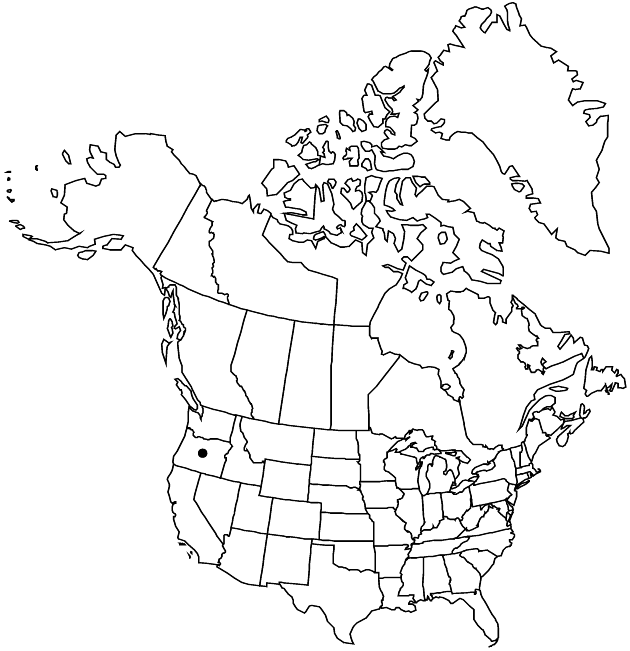Difference between revisions of "Stephanomeria malheurensis"
Madroño 25: 44, fig. 1. 1978.
FNA>Volume Importer |
imported>Volume Importer |
||
| (3 intermediate revisions by 2 users not shown) | |||
| Line 8: | Line 8: | ||
}} | }} | ||
|common_names=Malheur wirelettuce | |common_names=Malheur wirelettuce | ||
| + | |special_status={{Treatment/ID/Special_status | ||
| + | |code=E | ||
| + | |label=Endemic | ||
| + | }}{{Treatment/ID/Special_status | ||
| + | |code=C | ||
| + | |label=Conservation concern | ||
| + | }} | ||
|basionyms= | |basionyms= | ||
|synonyms= | |synonyms= | ||
| Line 35: | Line 42: | ||
-->{{#Taxon: | -->{{#Taxon: | ||
name=Stephanomeria malheurensis | name=Stephanomeria malheurensis | ||
| − | |||
|authority=Gottlieb | |authority=Gottlieb | ||
|rank=species | |rank=species | ||
| Line 49: | Line 55: | ||
|publication title=Madroño | |publication title=Madroño | ||
|publication year=1978 | |publication year=1978 | ||
| − | |special status= | + | |special status=Endemic;Conservation concern |
| − | |source xml=https:// | + | |source xml=https://bitbucket.org/aafc-mbb/fna-data-curation/src/2e0870ddd59836b60bcf96646a41e87ea5a5943a/coarse_grained_fna_xml/V19-20-21/V19_560.xml |
|tribe=Asteraceae tribe Cichorieae | |tribe=Asteraceae tribe Cichorieae | ||
|genus=Stephanomeria | |genus=Stephanomeria | ||
Latest revision as of 19:53, 5 November 2020
Annuals, 10–60 cm. Stems single, branches ascending, glabrous. Leaves withered at flowering; basal blades oblanceolate to spatulate, 5–7 cm, margins entire to pinnately lobed (faces glabrous); cauline much reduced, bractlike. Heads borne singly along branches. Peduncles 5–10 mm (glabrous).Calyculi of appressed bractlets. Involucres 8–9.5 mm. Florets 5–6 (ligules usually pink, rarely white or orange-yellow). Cypselae tan to light brown, 3.3–3.8 mm, faces moderately tuberculate, grooved; pappi of 9–12(–15), light tan bristles (connate in groups of 2–4, bristles and/or bases persistent), plumose on distal 50–60%. 2n = 16.
Phenology: Flowering Jul–Aug.
Habitat: Soils derived from volcanic tuff, high desert. of conservation concern
Elevation: 1600 m
Discussion
Of conservation concern.
Stephanomeria malheurensis has been examined in a series of studies (L. D. Gottlieb 1973b, 1977, 1978b, 1979, 1991; Gottlieb and J. P. Bennett 1983; S. Brauner and Gottlieb 1987, 1989; B. A. Bohm and Gottlieb 1989) because it is one of the very few examples of the recent, natural origin of a diploid, annual plant species. At the type locality, it grows with a population of S. exigua subsp. coronaria that is thought to be its progenitor.
Stephanomeria malheurensis is known from a single locality in Harney County, Oregon, growing in soil derived from volcanic tuff in the high desert of eastern Oregon. It is a federally listed rare and endangered species, and is in the Center for Plant Conservation’s National Collection of Endangered Plants.
Selected References
None.
